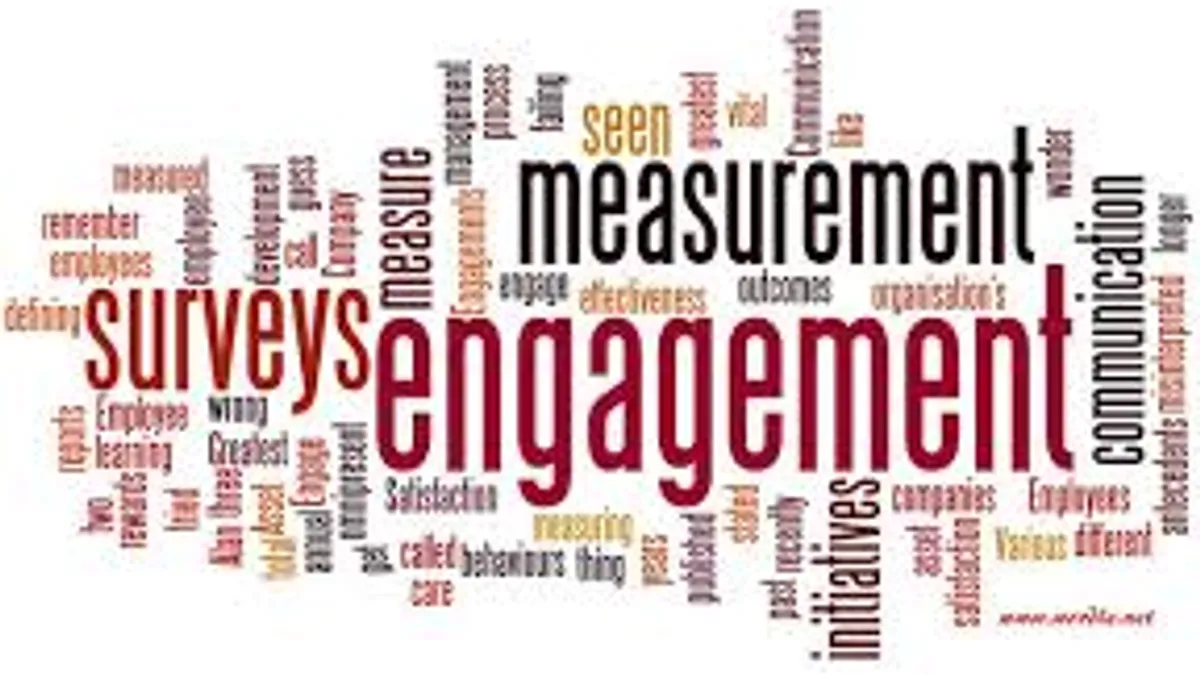Dive Brief:
- A recent study that involved 880 employers has found that for the past four years running, over 80% of U.S. employers rank employee engagement as a strategic priority.
- That same research, the 12th annual WorkPlace America report from TalentKeepers, found that employers rating themselves as "very effective" in engaging employees nearly doubled from 14% in 2015 to 26% in 2016. But from those low numbers, it's clear that the reality gap remains wide.
- Another dramatic increase occurred with "morale and culture." It became the number one area negatively affected by poor engagement and turnover among employees, with an increase from 50% affected in 2014 to 72% in 2016, beating out issues such as productivity and team performance by a large margin.
Dive Insight:
Christopher Mulligan, TalentKeepers CEO, said the report results reflect a "growing awareness" of the significant impact poor engagement can have on an organization's performance. In fact, three of the top issues linked to poor engagement were directly related to bottom-line performance, he explained.
In a troubling and related trend, employee engagement budgets across America have fallen for the third straight year. In 2014, 71% of all employees had some level of funding but it is down to 61% in 2016. On the flip side, Craig Taylor, a vice president at TalentKeepers and the report's lead author, says the firm sees best-in-class organizations all dedicate some of the highest percentages of their labor and operations budgets to engagement strategies.
From 2011 to 2016, unmanaged attrition has been fueled by "job and career" issues. Also notable is the "leadership" category, which has become a steadily growing stimulus for turnover. Employers should refocus their efforts to make leaders the primary reason people stay.












